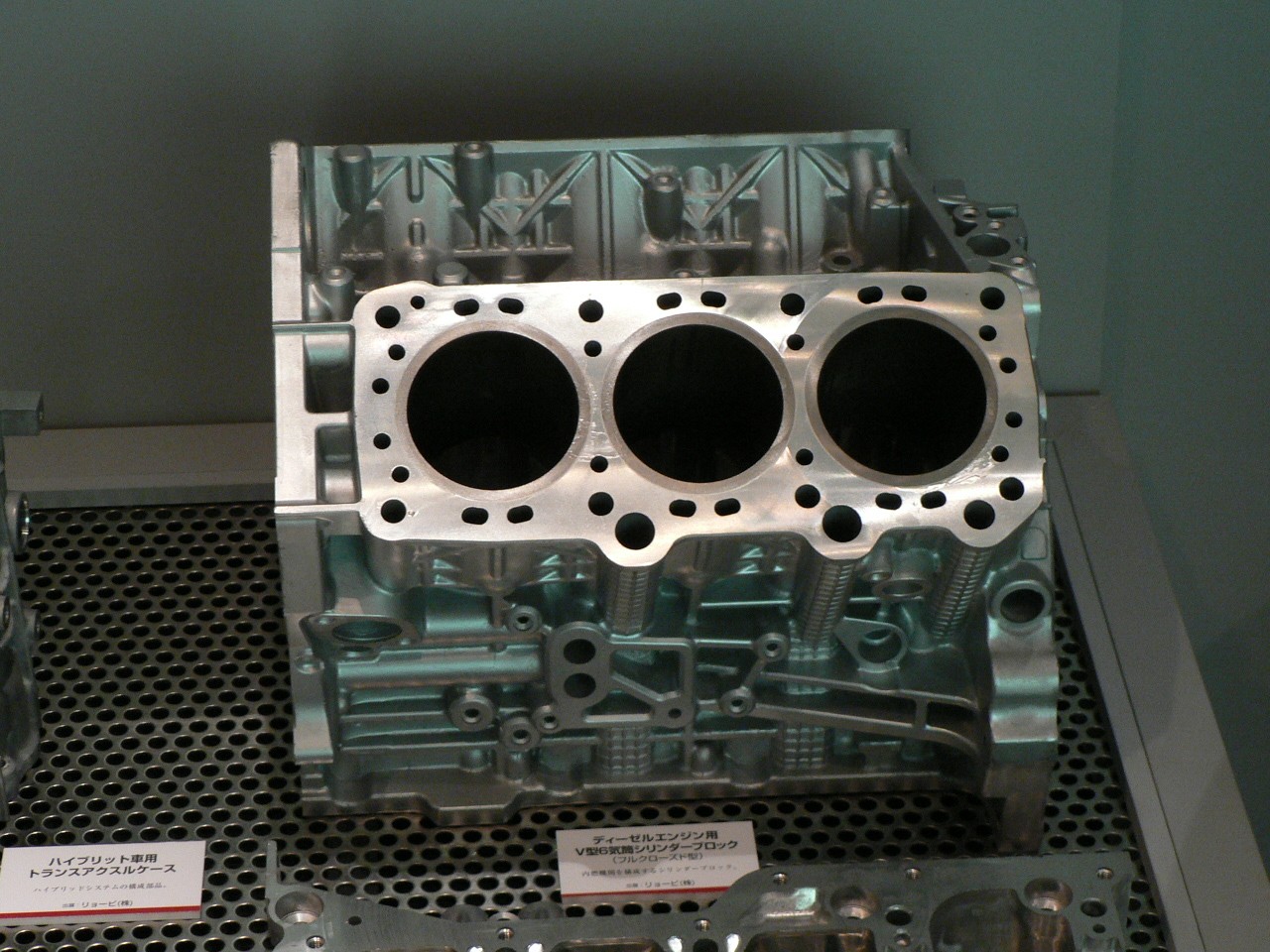Learn how to effectively clean your engine block for improved performance and longevity. Follow our comprehensive guide and unleash the full potential of your vehicle's power.
Cleaning your engine block is a crucial maintenance task that can enhance the performance and durability of your vehicle's engine. By removing dirt, grime, and built-up deposits, you can optimize engine cooling, reduce the risk of overheating, and ensure efficient combustion. In this guide, we'll provide you with step-by-step instructions on how to clean your engine block effectively.
1. Gather the Necessary Tools and Materials:
Before starting the cleaning process, gather the following tools and materials: a degreaser or engine cleaner, a stiff brush, a garden hose or pressure washer, safety gloves, safety goggles, and a drain pan or absorbent material.
2. Prepare the Engine:
Ensure the engine is cool before cleaning. Disconnect the battery and cover sensitive electrical components with plastic bags or waterproof coverings to prevent water damage.
3. Apply the Engine Cleaner or Degreaser:
Spray the engine cleaner or degreaser generously onto the engine block, paying special attention to areas with heavy grease or oil buildup. Allow the cleaner to penetrate for a few minutes to break down the grime effectively.
4. Scrub and Agitate:
Using a stiff brush, scrub the engine block thoroughly, focusing on hard-to-reach areas and crevices. Agitate the cleaner to loosen stubborn deposits, ensuring a thorough cleaning. Be cautious around sensitive components and avoid excessive scrubbing.
5. Rinse Off the Cleaner:
Using a garden hose or pressure washer on low to medium pressure, rinse off the cleaner from the engine block. Start from the top and work your way down, ensuring all traces of the cleaner are removed. Be mindful of electrical connections and sensitive areas, directing water away from them.
6. Dry the Engine:
Allow the engine to air dry or use compressed air to remove excess moisture. Ensure all areas, especially electrical connections, are completely dry before reconnecting the battery or starting the engine.
7. Post-Cleaning Inspection:
After the engine has dried, inspect the engine block for any residual dirt or grime. If necessary, repeat the cleaning process or address specific areas with additional spot cleaning.
8. Final Steps:
Dispose of any used cleaning materials properly and clean up the work area. Reconnect the battery and remove any protective coverings from electrical components. Start the engine and let it idle for a few minutes to ensure proper operation.
Conclusion:
Cleaning your engine block is a vital maintenance task that can significantly impact the performance and longevity of your vehicle. By following our step-by-step guide and using the right tools and materials, you can effectively remove dirt and deposits, optimize cooling, and promote efficient engine operation. Regular engine block cleaning will help keep your engine running smoothly and extend its lifespan, ensuring an enhanced driving experience for years to come.
Frequently Asked Questions (FAQs):
1. How often should I clean my engine block?
It is recommended to clean your engine block at least once a year or as needed based on driving conditions and the level of dirt buildup.
2. Can I use any degreaser or engine cleaner?
It is important to choose a degreaser or engine cleaner specifically designed for automotive engines. Check the product label for compatibility and follow the manufacturer's instructions.
3. Can I clean the engine block while it's hot?
No, it is crucial to let the engine cool down completely before cleaning to avoid potential burns and damage to sensitive components.
4. Are there any precautions to take during the cleaning process?
Ensure proper eye and hand protection by wearing safety goggles and gloves. Avoid directing water or cleaner directly onto electrical connections, sensors, or exposed parts.
5. Can I use a high-pressure washer?
It is recommended to use a pressure washer on low to medium pressure to prevent water from infiltrating sensitive areas and causing damage. Be mindful of electrical components and connections.

Comments (0)
Please login to join the discussion
Be the first to comment on this article!
Share your thoughts and start the discussion